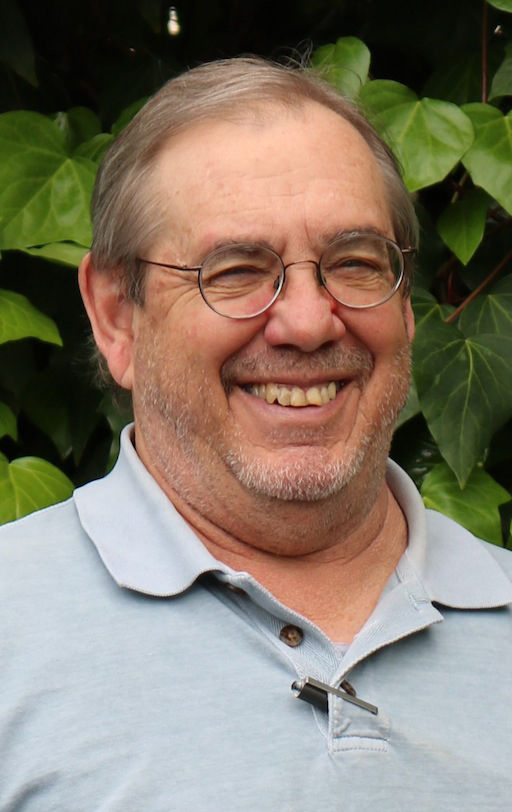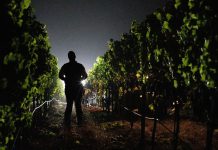We warned ourselves very early that recovering from the historic North Bay wildfires would take more time than we could imagine and that there would be unknown and invisible consequences.
Since those October tragedies and massive devastation all of us in Sonoma County now know those wind-whipped flames continue to change our lives. We now know that the losses are greater than burned structures, physical displacement or financial costs.
One of the widest spread consequences — and still largely hidden — is the emotional and mental toll that is murmuring and rumbling through both individual lives and community-wide relationships.
Remember how we all were awakened, shakened, terrified, stunned, scared and confused in the first smoke-filled hours of that Oct. 9 dawn? Many of our neighbors are still consumed by all those doubts, mental anguish and physical loss.
We can see the physical damages when we drive through the wildfire zones, but we are just beginning to realize how powerful this historic tragedy really is.
Seven months after the wildfires, there are students with nightmares. Elderly fire victims are still too numb to care for themselves. Inside many extended families there are threads of trauma no one can explain. Warnings about being prepared for the “next time” shake up nerves. A sense of well-being is just beyond the grasp of many.
This is National Mental Health Month, and while Sonoma County and all communities have no shortage of mental health awareness issues and needs to examine, let’s take a few moments to address the unique set of issues and needs newly kindled by our wildfires.
A Wildfire Mental Health Collaborative has been launched here by local nonprofits, health professionals, survivors and public agencies. Training sessions have been held for caregivers and special funds have been made available to respond to the increased need for mental health services.
When we rally as “#SonomaStrong” and call for “resiliency,” a big part of that response needs to be “mental strong.”
One of the collaborative’s leading partners is the Healthcare Foundation Northern Sonoma County. Recently executive director Debbie Mason came face-to-face with the mental impacts of the wildfires.
“An elderly woman (I met) talked about how her adult children steered her into private therapy because of her forgetfulness and stress level,” said Mason. “She noted that she can afford to pay for therapy but she worried about her many neighbors who cannot.”
Mason said another person shared how so many dozens of her former neighbors seem to be walking around in a fog seven months later, and have done nothing to even think about the decision to rebuild or not. A mother told Mason about her teenage son whose grades have suffered and that he’s struggling with friendships. These stories are turning out to be not so rare or unique.
“We have to address the mental anguish people are feeling after the fires and give people resiliency skills to give them the peace of mind to work through the labyrinth of decisions facing them in the path to find a new normal,” said Mason.
We are witnessing how challenging it will be for us to rebuild the 5,000 houses that were destroyed by the October wildfires. We’re not sure yet how to calculate all the post-disaster human trauma, let alone how to heal it all.
A solid foundation must be built first to rebuild a house or a building. Equally, our “#sonomastrong” community needs a strong base of mental well being, not just for recovery, but also to thrive.
We have miles and months to go. We need everyone’s best health in heart, muscle and mind. This won’t be our last reminder on the topic, so stay tuned.









